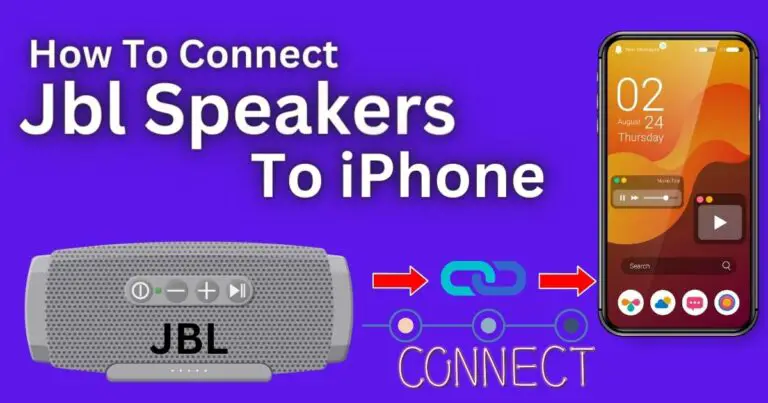Indentation Error In Python-How to fix?
For any new Python developer, the punctuation error “IndentationError: expected an indented block” can sometimes put them off track. It often arises during fine-tuning a program and can cause bewilderment if the developer doesn’t fully understand Python’s requirements for indentation. Nonetheless, this error is relatively straightforward to handle, and with a little bit of knowledge about Python’s syntax specifics and rules, it becomes much easier to avoid or fix this issue. In this guide, we’ll explore how this Indentation Error occurs and how to get it fixed in Python effectively.
Understanding the Indentation Error in Python
Unlike many other programming languages that use braces to define blocks of code, Python uses indentation. It’s a unique feature in Python that enhances readability but can also present this notorious error if not implemented correctly.
The error message “IndentationError: expected an indented block” happens when Python expects an indented block of code, but it doesn’t find any. Usually, this error shows up when using control structures like if statements, for or while loops, and function definitions.
To solve the IndentationError in Python, you must make sure that the code block after a loop declaration, function declaration, if statement, etc., is correctly indented. Python accepts multiple indentation styles—as long as they’re consistent throughout your code—including using two or four spaces or a tab.
Use a Python IDE
Incorporating the use of a Python Integrated Development Environment (IDE) can be helpful in managing and highlighting the indentation errors straight away. IDEs offer a ‘smart indent’ or ‘automatic indent’ functionality, which helps avoid not only indentation errors but other common errors too. This is suitable particularly for beginners or those migrating from a different programming language.
Avoid Mixing Spaces and Tabs
Another common indiscretion that leads to indentation errors is mixing spaces and tabs. Python 3 specifically disallows mixing spaces and tabs for indentation. Therefore, it is a best practice to stick with either spaces or tabs, but not both.
Use Linters
Using Python linters can help you spot indentation errors even before your code gets executed. Linters like Pylint, Pyflakes, or Flake8 can catch these syntax errors, thereby saving a lot of troubleshooting time. These tools can also enforce style standards, further enhancing your code readability.
In conclusion, proper coding style and practices, combined with the right tools, can make handling indentation errors a cakewalk. This goes a long way to ensure a smooth coding environment, making Python, with its focus on code readability, a truly effective and enjoyable programming language to work with.
